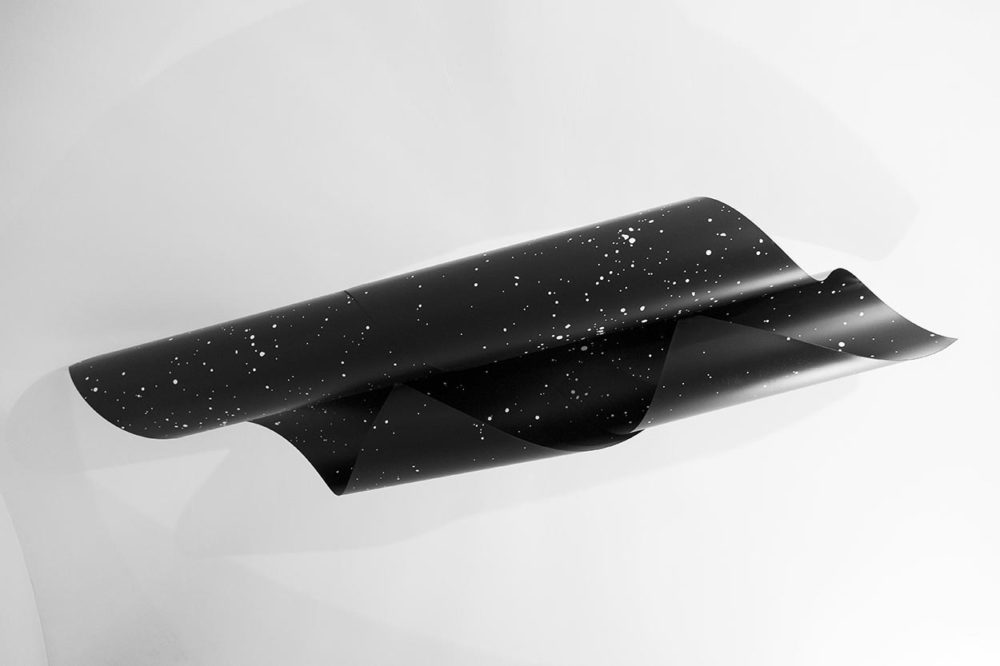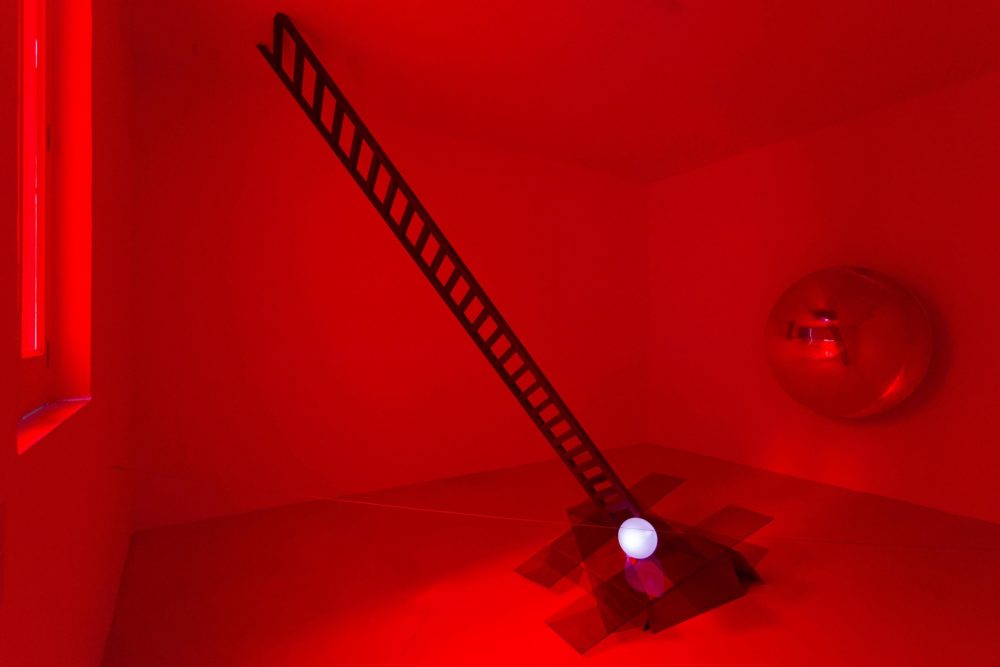The work it is based on the combination of figurative sculptural elements (the statue of the horse and the bas-reliefs inserted on it) and architectural elements (the structure in regularly shaped blocks which recalls the ancient roman technique of opus quadratum), embolie in spare and stylized forms and a material poor in itself but with a rich history: the volcanic tuff of the vie cave, the sunken Etruscan roads, catacombs and hypogea of Graeco-Roman times, of cities hewn out of the rock or into the rock, as in Jordan, the Maremma, Rome and Naples.
The iconographic subject of the sculpture is related to a mysterious and primitive universe of horsemen and migrations, travels and wars. A world where the Homeric image of the Trojan Horse is combined with the funerary stylizations of the Etruscan world, calling to mind those “origins of medieval chivalry” which Franco Cardini identified as the moment of transition between the ancient world and the modern, the field in which East and West for the first time met, fought and were fused.
The work was accessioned in Madre collection in May 2007.




